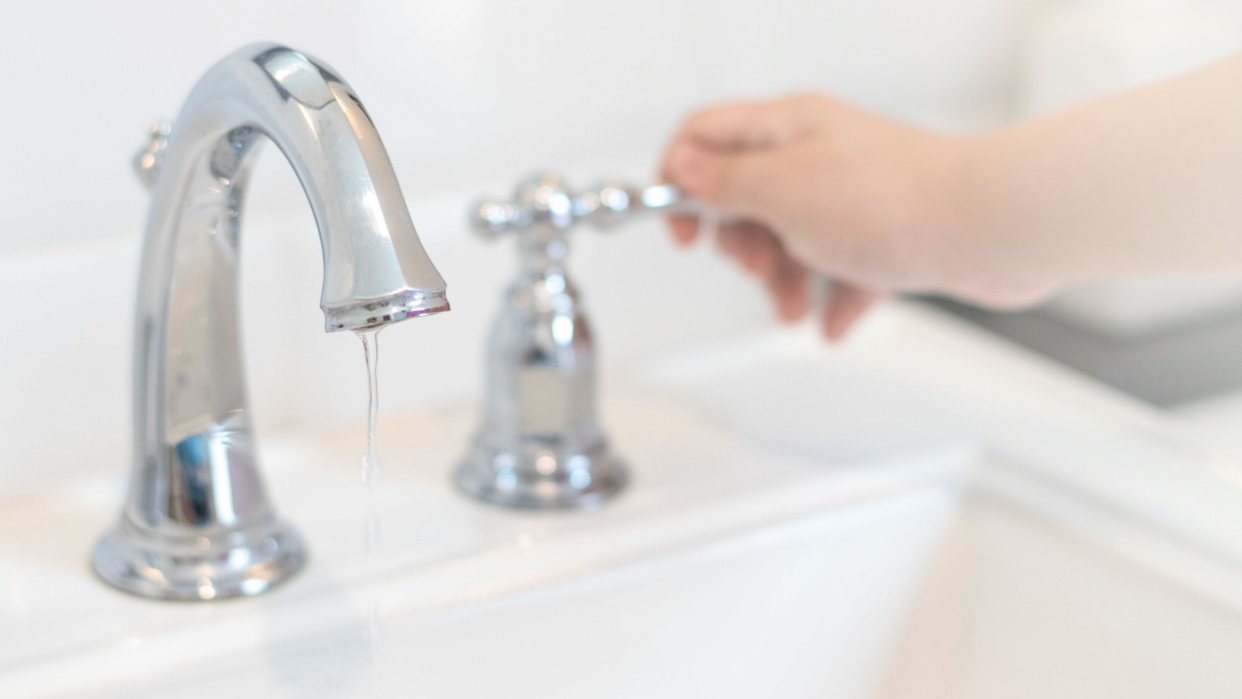This is what happens when Arizona's development decisions ignore water reality

It’s far better to stop a water problem before it starts than to try to fix it after it appears.
We’re seeing that all over the state, from the rapidly developing Rio Verde Foothills near Scottsdale to the farming community of Willcox. Those who thought they could build without water – or who had a well and surrounding uses sucked it dry – are now in a world of hurt.
Some are hoping that if they create a water improvement district, it can save the day.
This is not a dig on those efforts, but rather a cautionary tale about what happens when our development decisions fail to reflect our water realities.
Pipes leak, wells are dry
Consider what’s happened in Pine and Strawberry.
These small mountain communities northwest of Payson have no other source but groundwater, yet the aquifer that lies beneath them has long struggled to keep pace with what are overwhelmingly residential (and, increasingly, vacation rental) water demands.
Water delivery to these homes is a mishmash. Some properties have wells; others haul water. Some belong to a water improvement district, which delivers water to residents from its own wells.
The Pine-Strawberry Water Improvement District is the largest, with about 3,200 connections, but it has two major problems:
Only 14 of the district’s 38 wells are functional. Most of its shallower wells have gone dry, and as the Payson Roundup has reported, some of its deeper ones have struggled to produce consistently.
The infrastructure that delivers this water to customers leaks horribly – nearly a third of what is pumped (more than 33 million gallons in 2021) is lost each year. That’s not necessarily the district’s fault – as it expanded over time, it inherited a mess of shoddy pipes that homebuilders had installed on the cheap and with little oversight.
Band-Aids, but none are permanent fixes
The district estimates that it spends about 80% of its operational budget fixing leaks. It also has taken out an $8 million loan, $7.5 million of which must be repaid, from the Water Infrastructure Finance Authority of Arizona, which was created to help smaller communities address water and wastewater problems.
But that’s only enough to fix about a quarter of the leaky pipes.
Not to mention that even if the district fixes them, it still faces more demand from homes during peak vacation rental season (about 136 gallons per minute) than its wells can provide.
That’s why the district has issued a moratorium on new connections and is now lobbying for cash to drill deeper wells and accelerate leak fixes. It also is reworking its drought preparedness plan to ratchet up conservation when supplies are stressed.
But none of these are permanent solutions because the wider area already has too many straws in the ground – and even more likely on the way. Remote work during the pandemic has made rural areas like Pine and Strawberry more appealing to city dwellers who yearn for a slower, quieter life.
Meaning if residents’ water problems are bad now, they are poised to get worse.
Because the water district’s moratorium on new connections won’t slow construction. Property owners can sink a well near a neighbor’s or install a water tank, even if they have no access to water to fill it, and still get a permit to build.
They can't afford to get off groundwater
Which brings me back to that cautionary tale.
Yes, theoretically, Pine and Strawberry could investigate building a treatment plant to capture and reuse wastewater or installing a pipeline from the C.C. Cragin reservoir about 20 miles away. But either promises to be wildly expensive.
And, like most other rural or exurban areas, they must rely on a limited customer base that could never absorb those costs.
It’s doubtful that many of these communities would be able to capitalize on loans from a proposed Arizona Water Authority to do this sort of work because they’d have to pay most of the cash back.
It’s so much better to avoid this situation than to try to work our way out of it when it happens.
So, how could we do that?
How to fix this - if Arizona is willing
The Legislature could close the loophole in state law that allows some subdivided lots to skirt rules requiring proof of a 100-year water supply. Or make it easier for cities and counties that don’t currently follow these rules to adopt them.
It could consider well spacing rules in rural areas that have none. Or extend spacing rules to exempt wells, either statewide or just in areas where these smaller residential wells are draining limited supplies.
Bills have been introduced to address these issues. But I have a greater chance of being struck by lightning than them being heard, much less passing.
There also is talk about the county potentially doing more, perhaps by creating a special zoning overlay for Pine and Strawberry to require greywater capture or other conservation measures in new construction.
And, of course, there should be a lot more caveat emptor among homebuyers, who should consider water access as important as price and location, particularly if they’re going to spend hundreds of thousands of dollars to build.
Arizona must better connect its land planning and water policies, if the goal is not to completely cut off growth. Yes, that will require some ground rules in areas where there are none.
But either it’s that or leave folks high and dry – and hurt the investment prospects of the entire state.
Reach Allhands at joanna.allhands@arizonarepublic.com. On Twitter: @joannaallhands.
If you love this content (or love to hate it – hey, I won't judge), why not subscribe to get more?
This article originally appeared on Arizona Republic: Arizona has too many homes without water. How to stop this trend

